Best Types Of Grass For A Lush, Green Lawn, And Expert Advice On Choosing Which Is Right For You
Choosing the right type of grass can make the difference between having an easy care lawn and one that requires a lot of upkeep. Find the best grass your lawn.

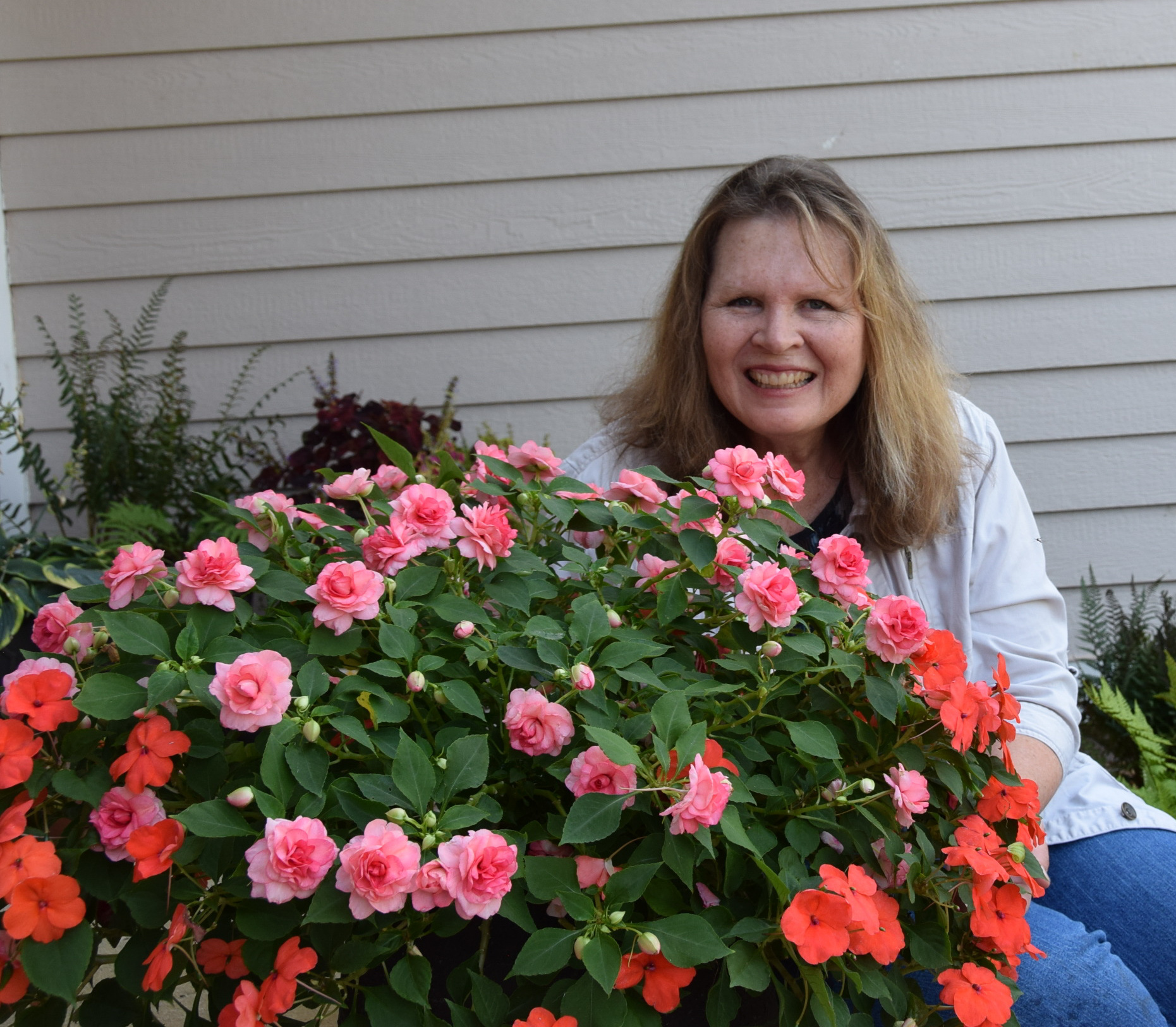
Who doesn't want a lush, green lawn? With the best grass suited for your area and the proper maintenance, you can have the greenest lawn on the block.
There are many types of lawn grasses and, depending on your location, some will perform better than others. It is always best to find out what species and its cultivars and hybrids are well adapted to your area. Sustainable turf is important so you don't have to work as hard for that green lawn, and these grasses will also support your local ecosystem.
Some grasses are better for shade or sun and different types of grass do better in wet or dry areas. Here are some general guidelines to get you started.
What Is The Best Grass For My Lawn?
The best grass for your lawn will be one that is suited to the amount of sunlight and water your lawn receives. Grass varieties perform well according to sun, part sun, or shade. You also need to consider the amount of rainfall that is typical in your area. If the ground is often saturated, that needs to be taken into consideration. By the same token, if your area is desert-like, that is an issue. Most types of grasses need moderate moisture. Heat and lack of moisture can cause some types of grass to go dormant such as Kentucky bluegrass.
A green, lush lawn also will require the proper maintenance like lawn mowing, fertilizing, and watering, no matter the type of grass you choose.
Warm Season Grasses
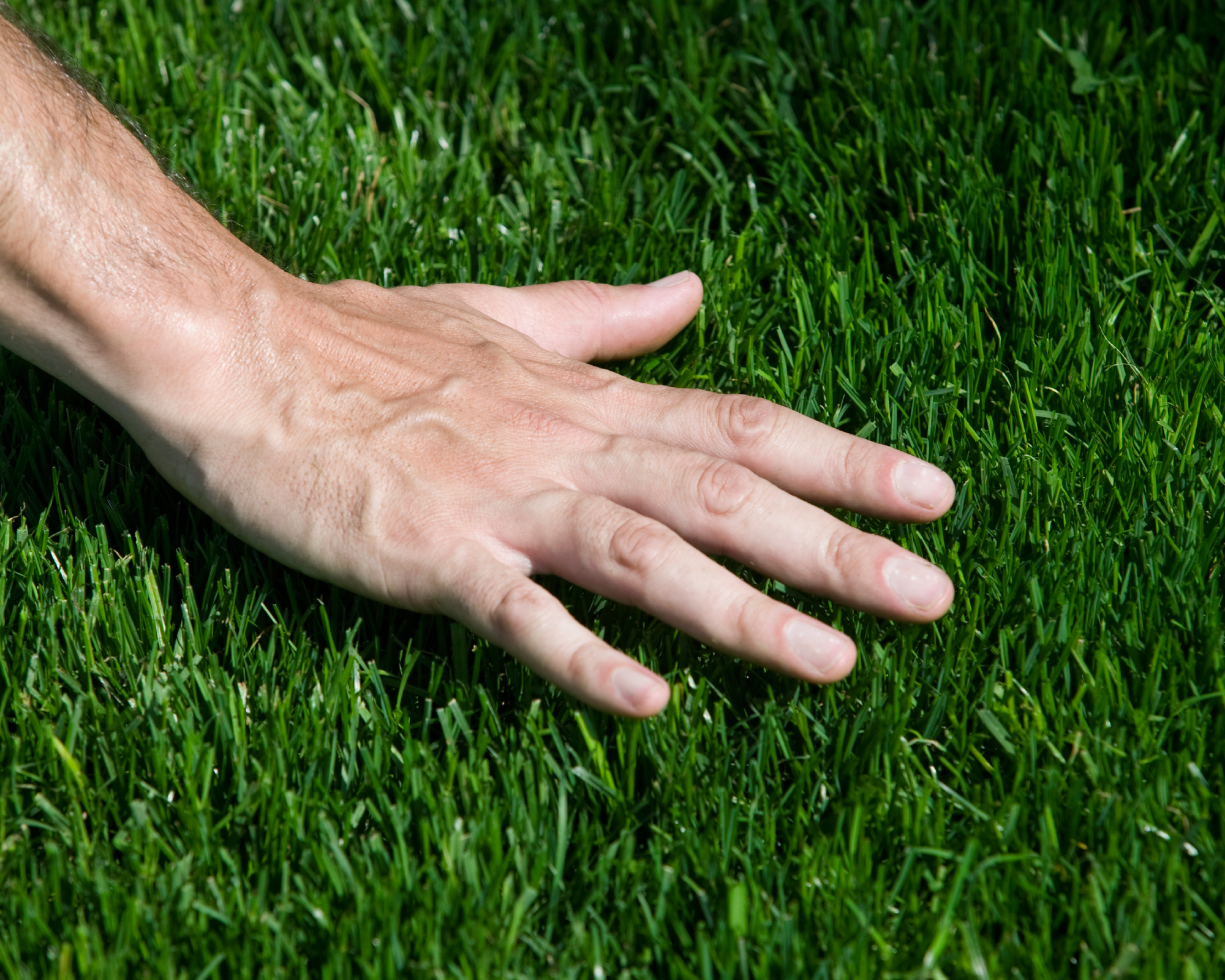
Warm season grass is grass that is dormant and brown during winter and slow to green up in spring.
- Common Bermudagrass (Cynodon dactylon) - It spreads by stolons and rhizomes. Bermudagrass spreads rapidly, sometimes invading flower beds; thrives in sun; tolerates drought; and performs best with frequent, low mowing, and fertilization. It is not for shady areas.
- Zoysia Grass (Zoysia japonica) - It spreads by stolons and rhizomes. It performs well in full sun or light shade. Zoysia grass tolerates wear and produces a dense turf. It may accumulate thatch.
- St. Augustine Grass (Stenotaphrum secundatum) - It is fast growing, stoloniferous, and with proper maintenance, can produce a dense, lush lawn. St. Augustine grass is shade and salt tolerant but is not very cold tolerant.
- Centipede Grass (Eremochloa ophiuroides) - Centipede grass is stoloniferous and slow growing, good for an all-purpose, low-maintenance turf. Performs best in full sun to part shade. Does not tolerate drought, heavy shade, compacted soil, or high traffic.
- Bentgrass (Agrostis spp.) - Colonial bentgrass works well in coastal regions in cool, humid climates. It has a low tolerance for heat, salinity, high traffic, and drought.
Cool Season Grasses
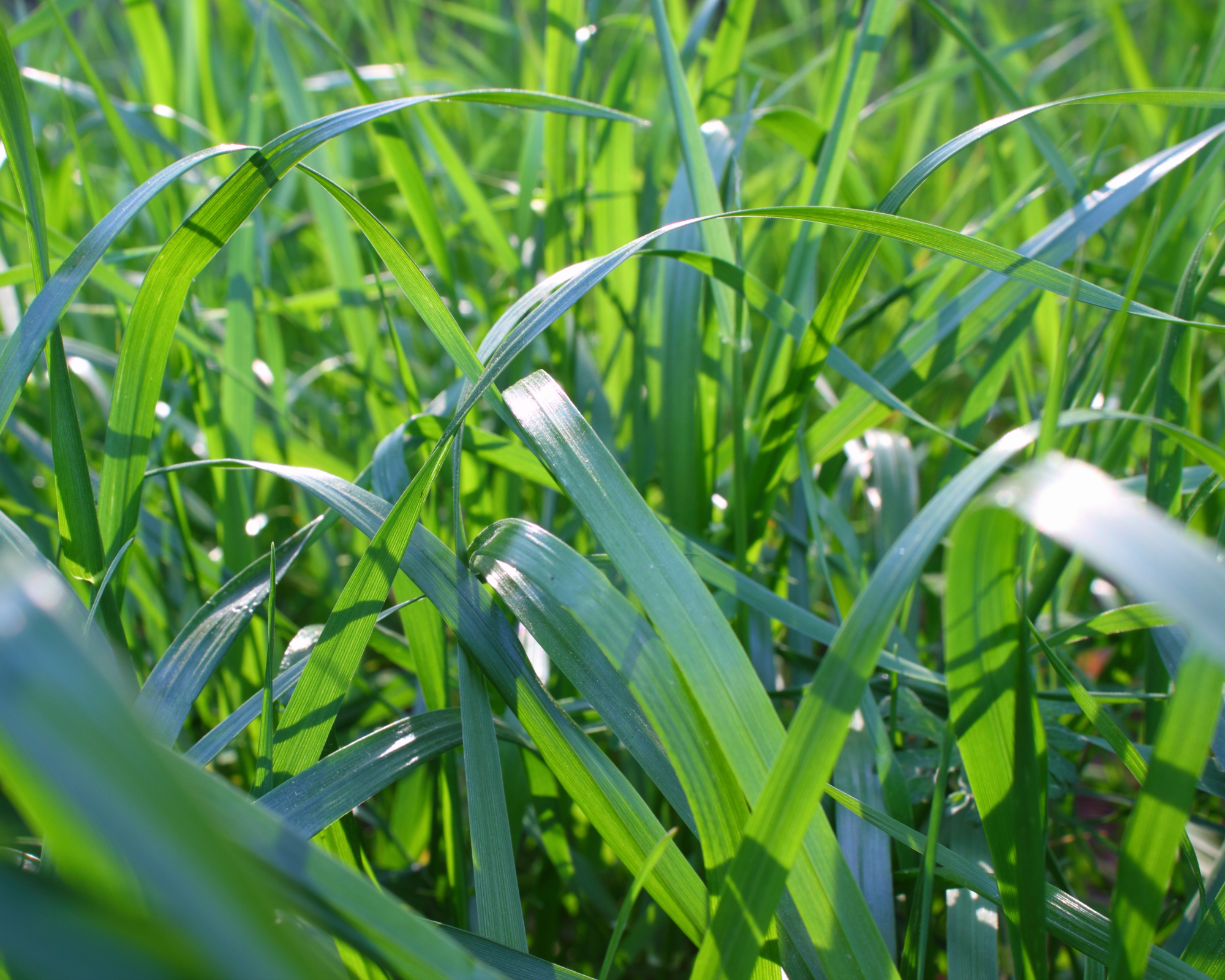
Cool season grasses stay green during most of winter, spring, and fall. They may develop heat-stress in summer.
Gardening tips, videos, info and more delivered right to your inbox!
Sign up for the Gardening Know How newsletter today and receive a free copy of our e-book "How to Grow Delicious Tomatoes".
- Tall Fescue (Festuca arundinacea) - A bunch-type grass, it does well in sun or light shade. Tall fescue tolerates heat and resists disease. It cannot spread so reseed bare spots.
- Fine fescues (Festuca spp.) - Fine fescues have a clumping or creeping type of growth and fine, narrow leaves. Tolerates wear and produces dense growth in shade. Often mixed with other grasses. May not persist in hot, sunny areas.
- Kentucky Bluegrass (Poa pratensis) - Spreads by underground stems in sunny to light shade situations. Hot, dry weather can induce dormancy in Kentucky bluegrass. Often mixed with perennial ryegrass for a disease-resistant lawn with good color and growth year round. Also mixed with tall or fine fescue.
- Perennial Ryegrass (Lolium spp.) - Use perennial ryegrass for sunny or part sun areas in cool temperatures. It exhibits a bunch-type growth so open areas will need to be reseeded.
Within the grass species are cultivars, varieties and hybrids with specific characteristics that may include disease resistance, color enhancement, density, and wear tolerance.
Best Types Of Grass For Different Needs
- Sun - If you have lots of sun, zoysia grass, bermudagrass, or centipede grass is often suggested.
- Shade - In cool areas, plant tall or fine fescue or ryegrass in shady areas. For warm season grasses, zoysia grass and St. Augustine grass offer some shade tolerance.
- Dry Areas - For dry, sunny areas, you may want to go with a tough grass like bermudagrass.
- Wet Areas - Grasses that tolerate wet areas include Kentucky bluegrass, ryegrass, and fescue.
This article features products available from third party vendors on the Gardening Know How Shop. Keep in mind that our plant inventory is limited - so if you’re thinking of purchasing, don’t wait!

After graduating from Oklahoma State University with a degree in English, Susan pursued a career in communications. In addition, she wrote garden articles for magazines and authored a newspaper gardening column for many years. She contributed South-Central regional gardening columns for four years to Lowes.com. While living in Oklahoma, she served as a master gardener for 17 years.
-
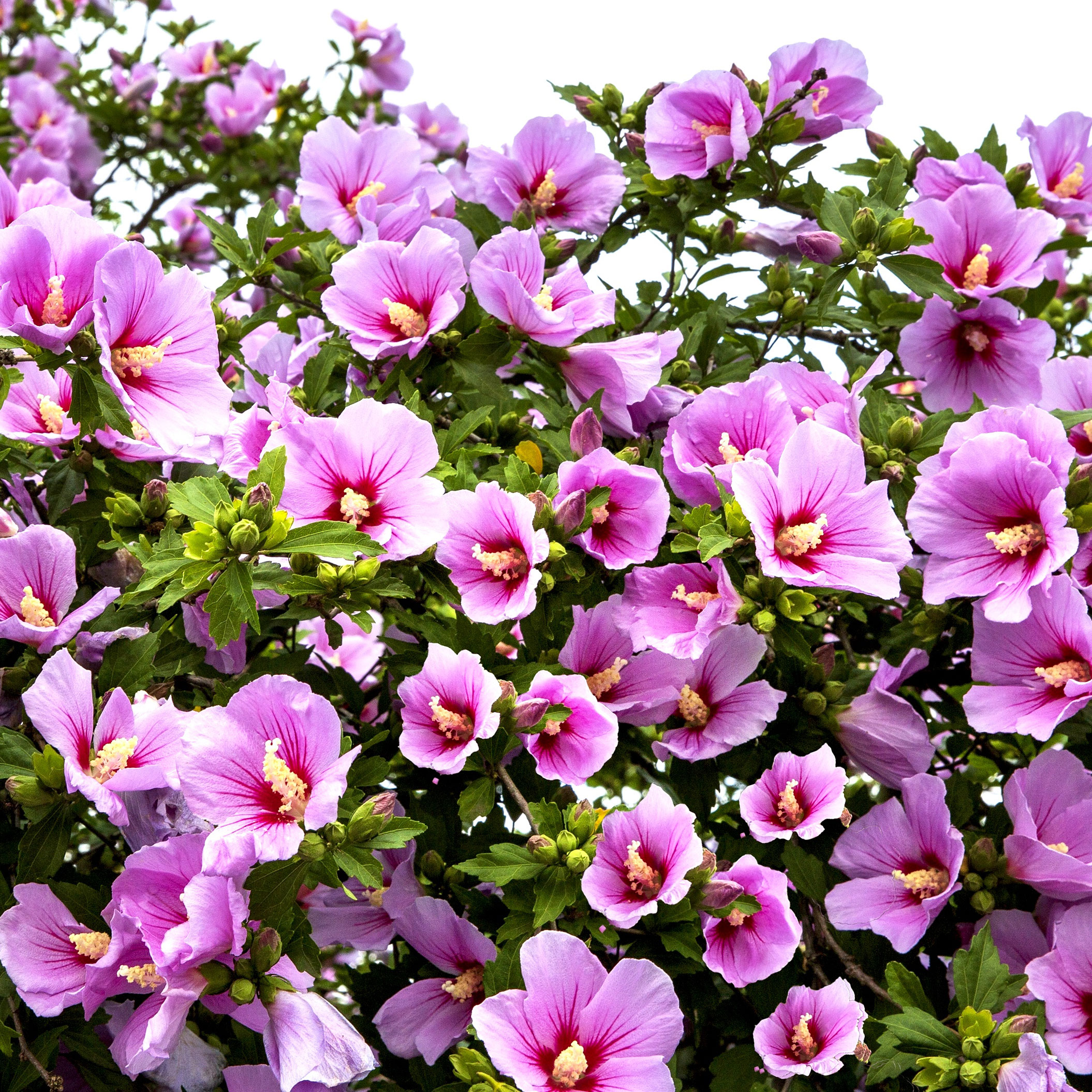 8 Flowering Shrubs That Bloom All Summer – To Vamp Up Borders & Sweeten Your Curb Appeal
8 Flowering Shrubs That Bloom All Summer – To Vamp Up Borders & Sweeten Your Curb AppealLooking for the longest blooming bushes for your borders, pathways and lawn edgings? You'll love these 8 flowering shrubs that bloom all summer long
-
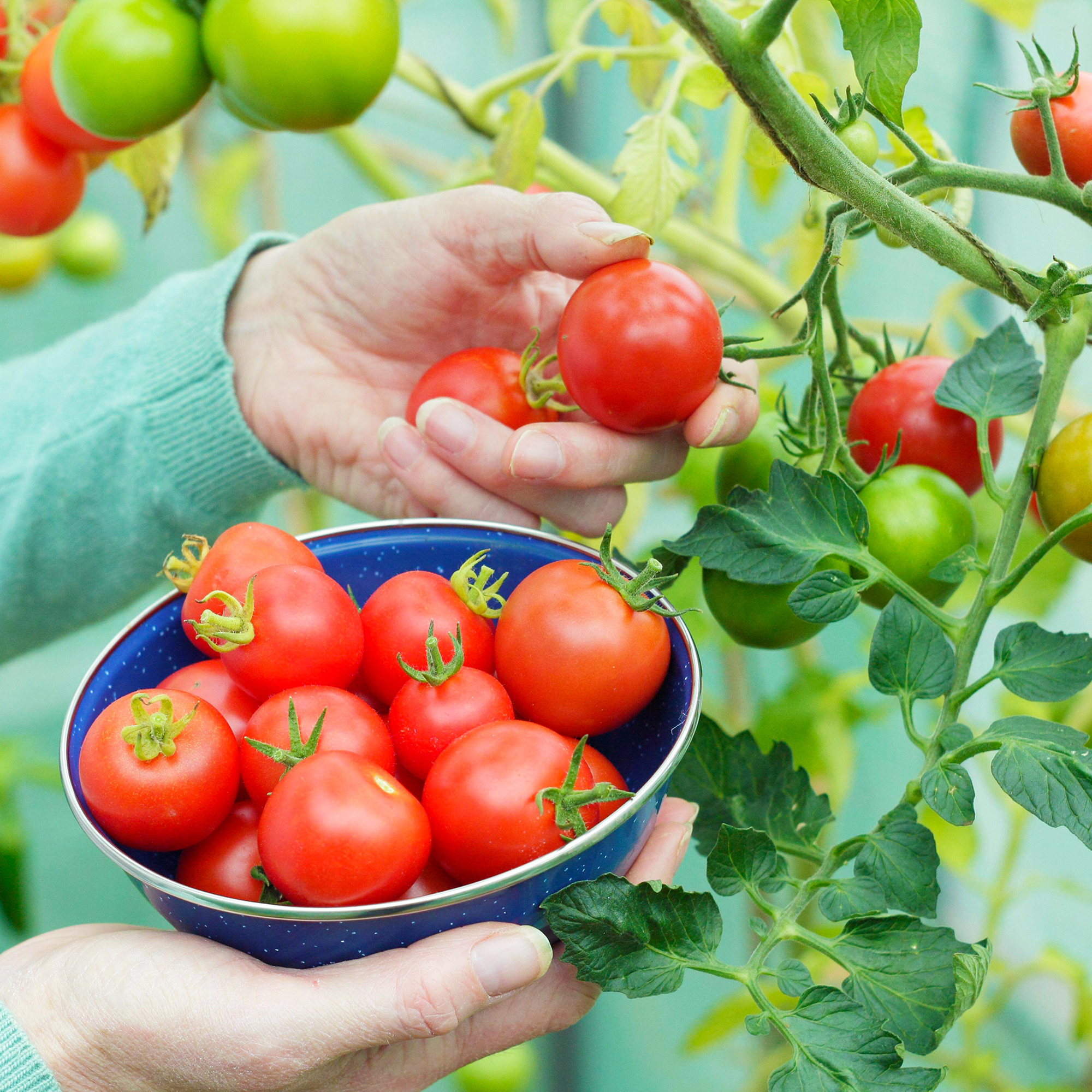 Is June Too Late To Plant Tomatoes? Not If You Follow These 5 Tips For A Last-Minute Crop
Is June Too Late To Plant Tomatoes? Not If You Follow These 5 Tips For A Last-Minute CropGrow a delicious late-season tomato crop with our expert tips on choosing the fastest-growing varieties and creating the best growing conditions.
-
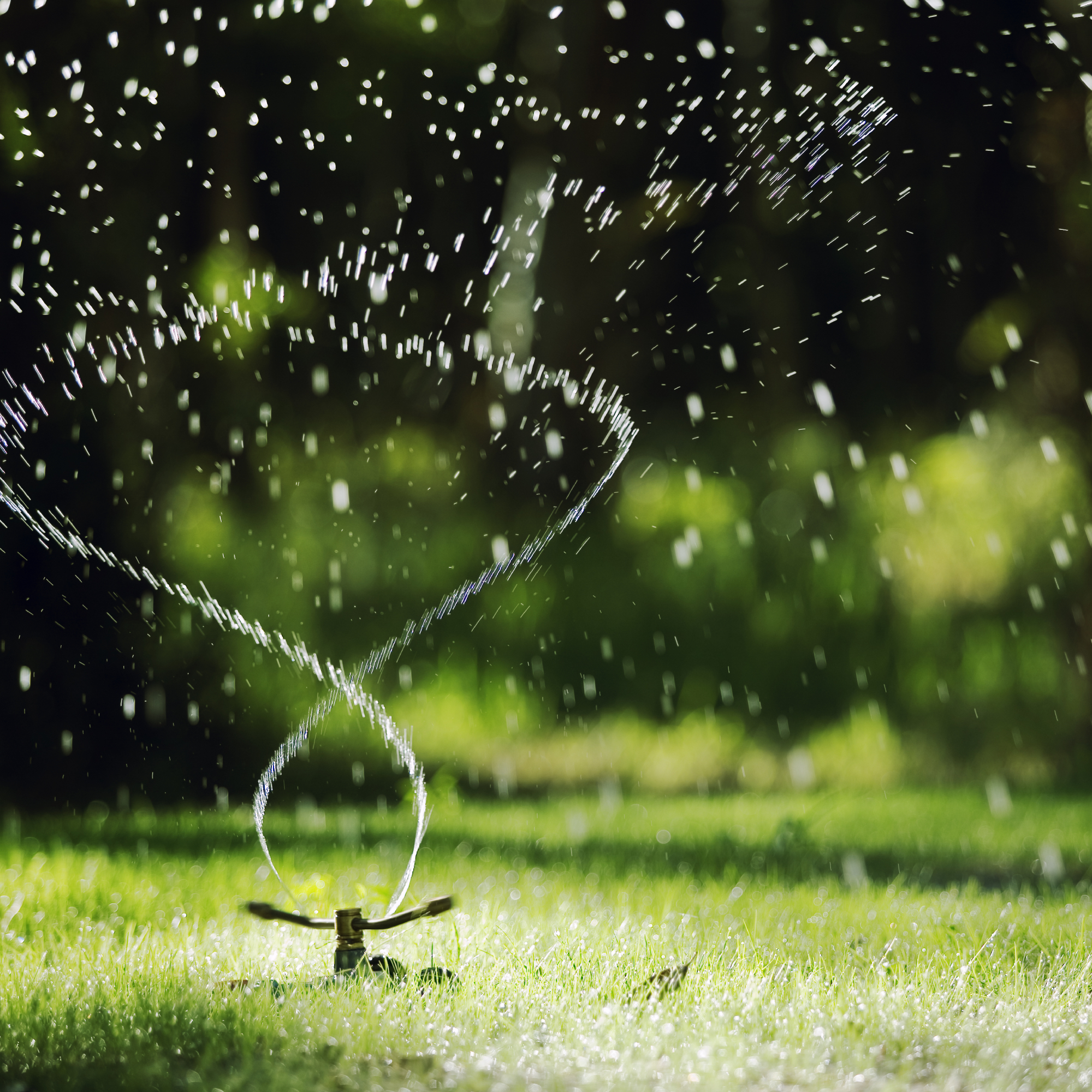 Here’s The Best Time To Water Grass For A Lush Lawn, According To Experts
Here’s The Best Time To Water Grass For A Lush Lawn, According To ExpertsUnderstanding the best time to water grass is important to the health of your lawn. Watering at the wrong time can lead to disease or heat-stressed grass.
-
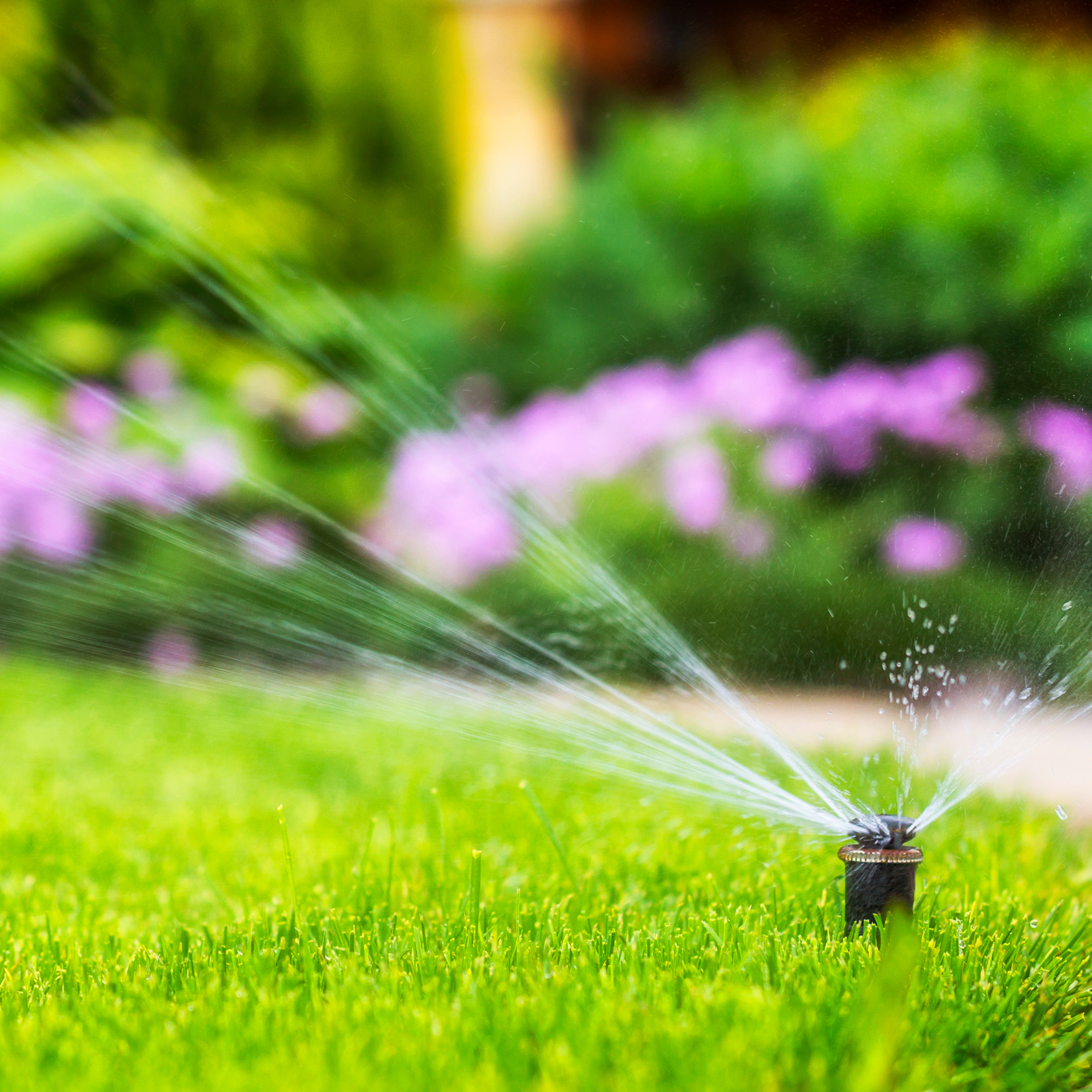 Heat-Stressed Lawn Care: 5 Tips To Ensure Your Grass Survives The Summer
Heat-Stressed Lawn Care: 5 Tips To Ensure Your Grass Survives The SummerA lawn in summer heat is usually a brown lawn, but that doesn’t mean it has to be unhealthy or that it can’t rebound. Read on for tips.
-
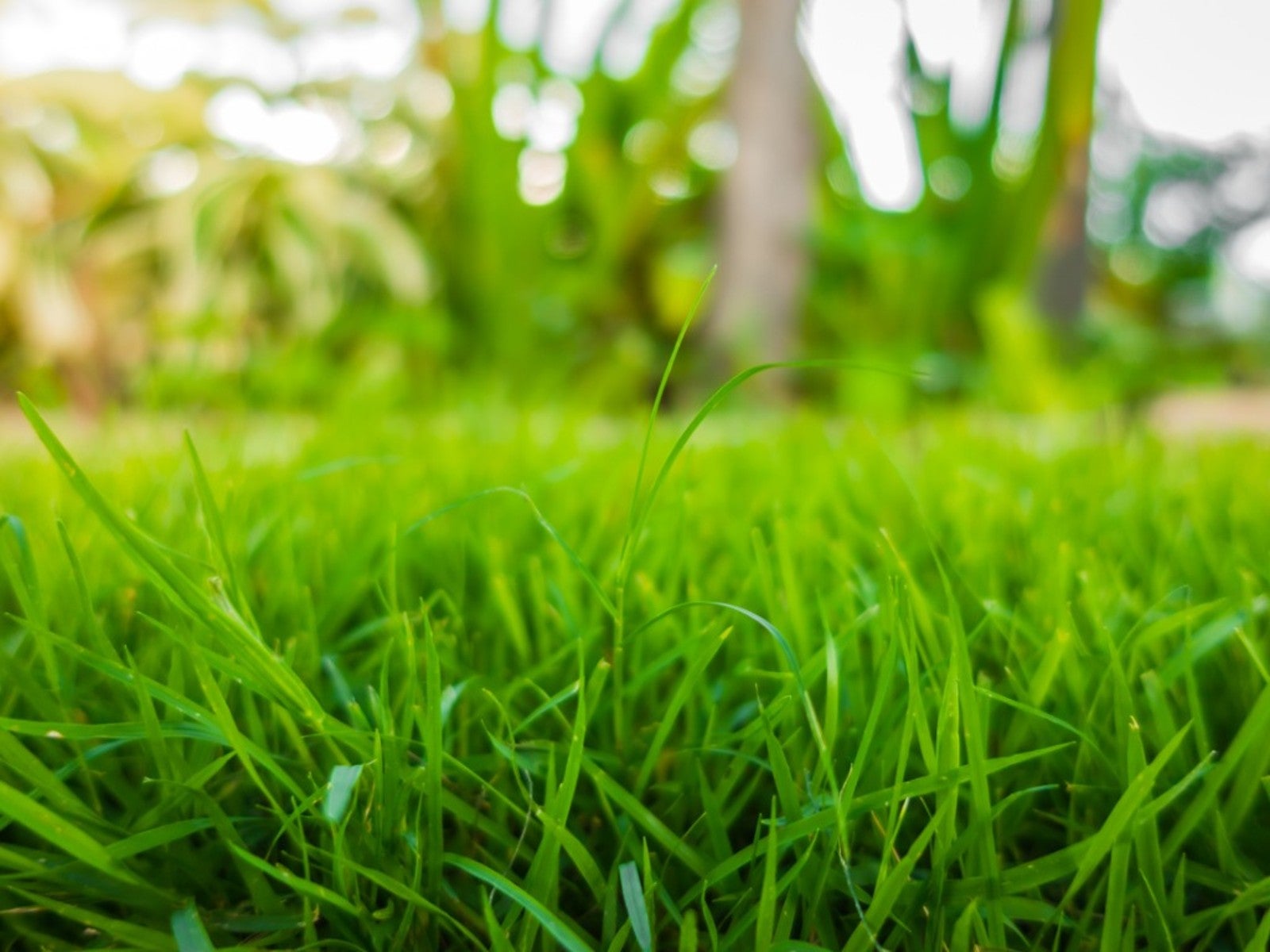 Sustainable Turf Species For A Greener Lawn
Sustainable Turf Species For A Greener LawnClick here for some of the most sustainable types of turf grass you can grow for an eco-friendly lawn.
-
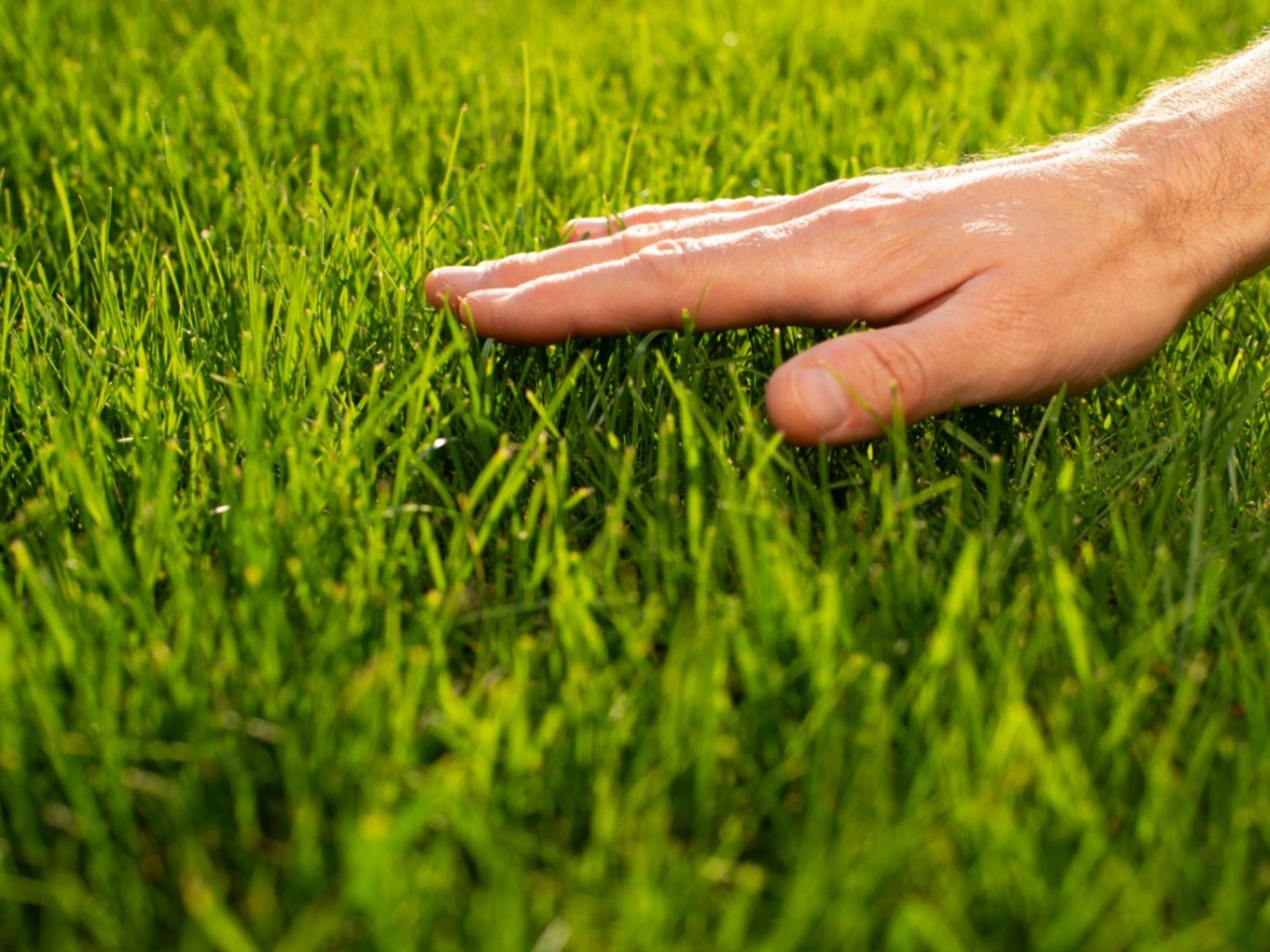 How To Grow A Sustainable Lawn
How To Grow A Sustainable LawnAdjust your thinking about a perfect green lawn and consider more sustainable methods. Click here to learn how.
-
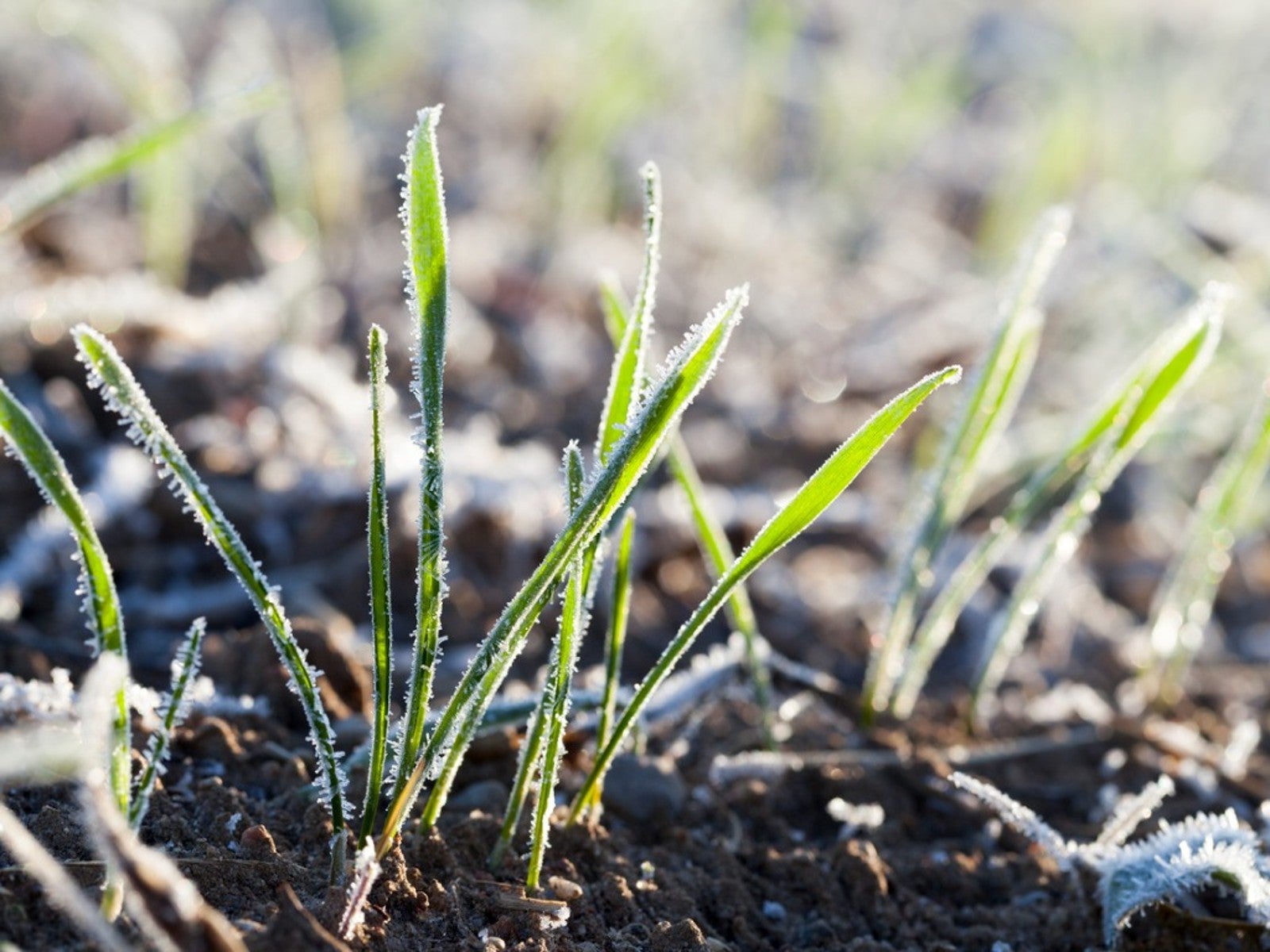 Will Frost Kill Grass Seed And How To Help New Turf Survive
Will Frost Kill Grass Seed And How To Help New Turf SurviveLearn how to help your newly sown grass survive frost and freezing weather.
-
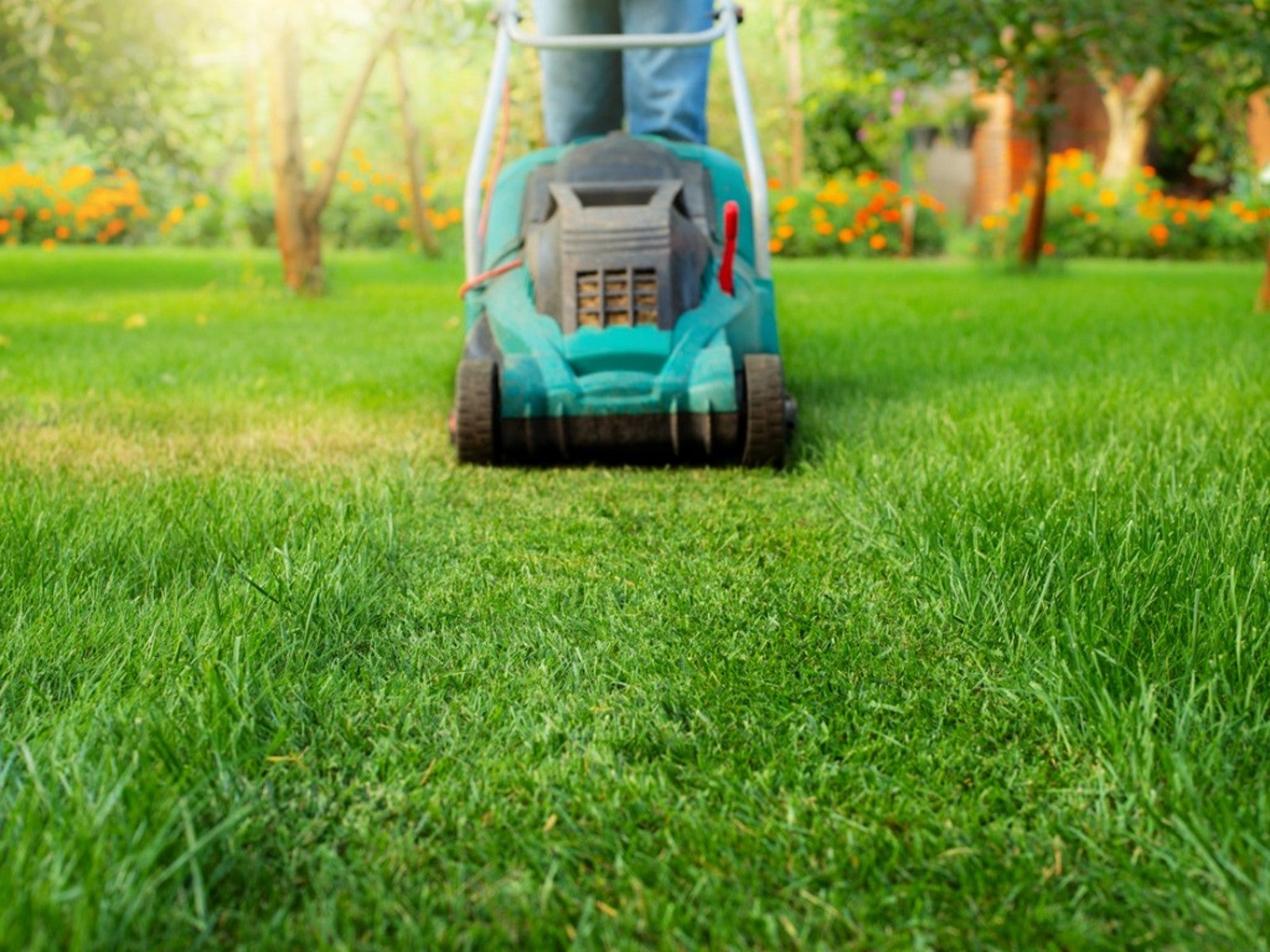 Lawn Problems That Aren’t Really Problems
Lawn Problems That Aren’t Really ProblemsYour lawn may not require as much work as you think. Learn which common problems aren’t really problems.
-
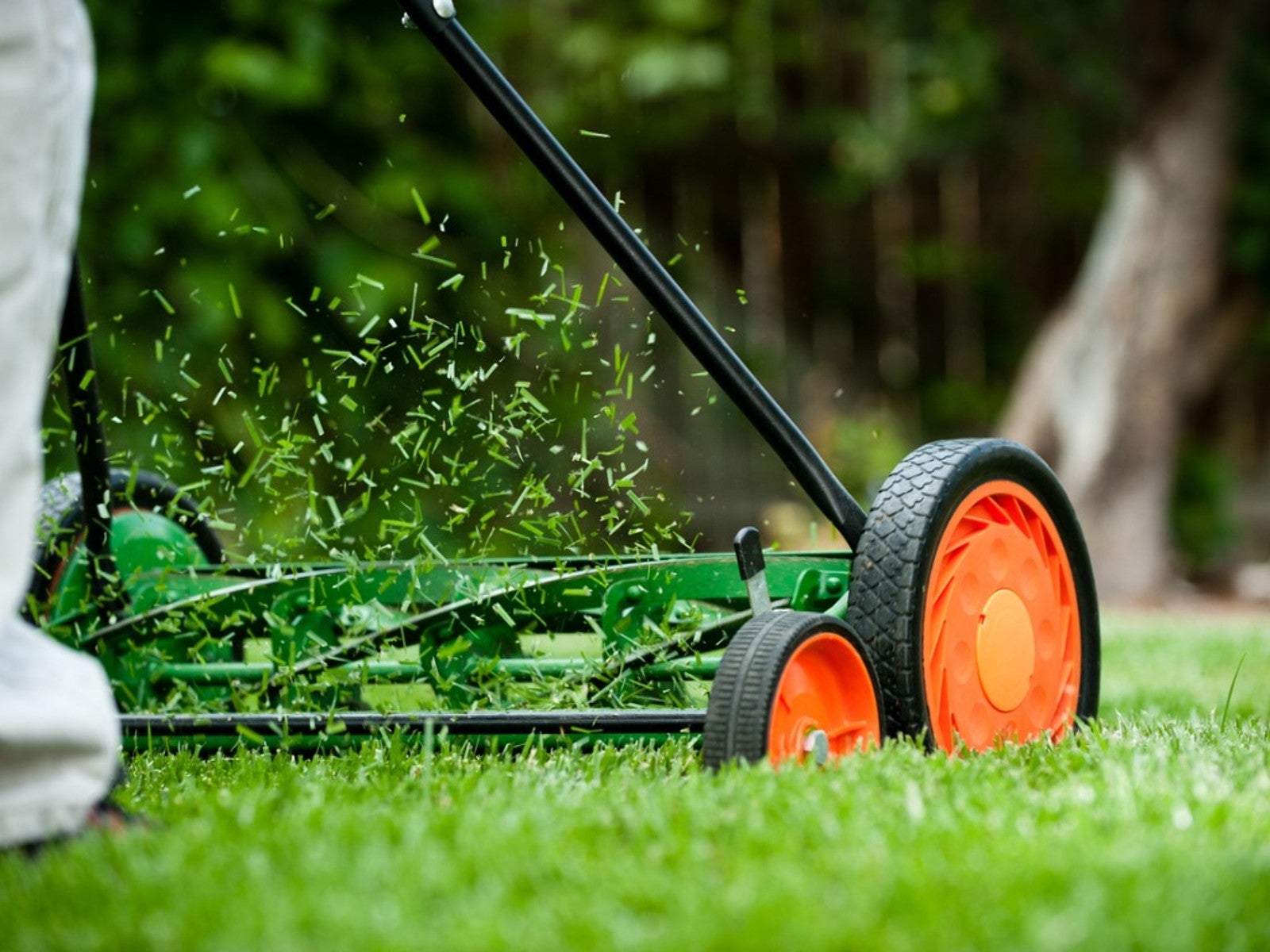 Why A Manual Push Mower Is Good For You And The Environment
Why A Manual Push Mower Is Good For You And The EnvironmentReel mowers are making a comeback, but why? Click here to learn about reel mower pros and cons.
-
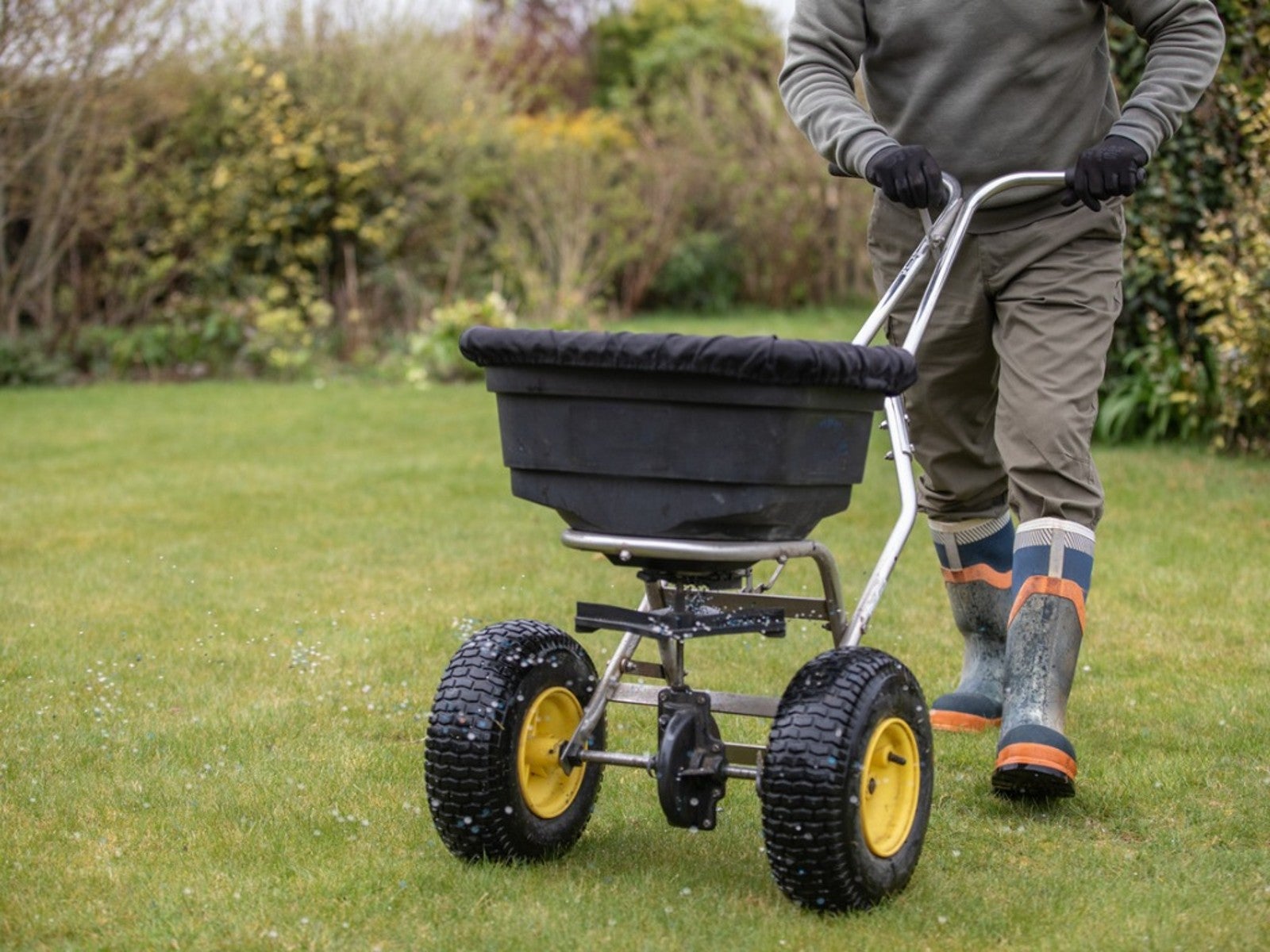 Fertilize Grass In Fall For A Lush Lawn In Spring
Fertilize Grass In Fall For A Lush Lawn In SpringFor everything you need to know about fertilizing your lawn in the fall, click here.
